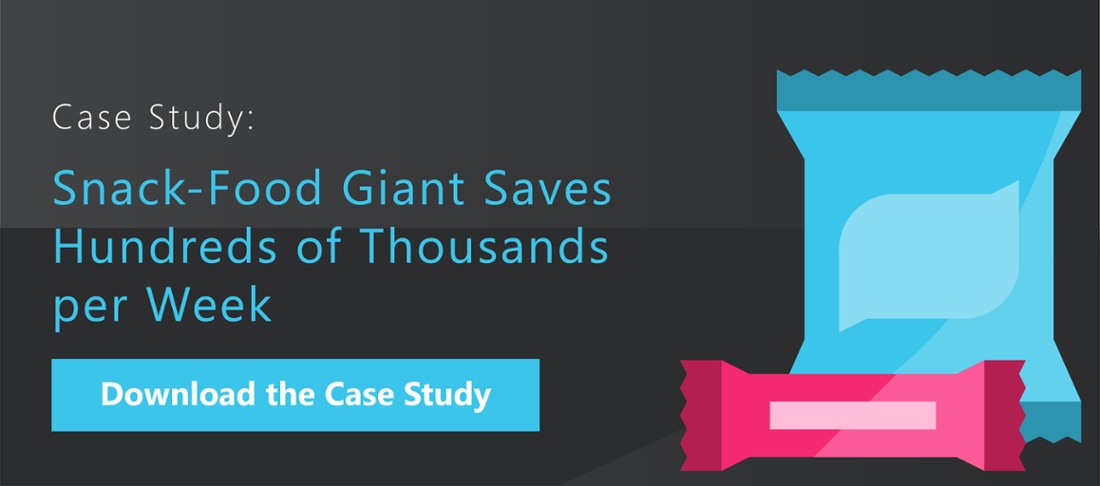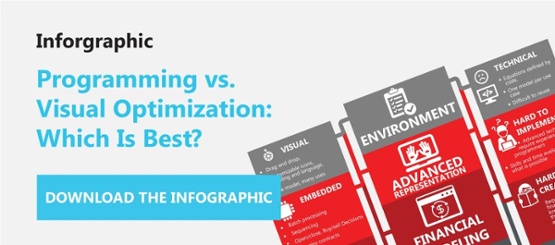A lot has changed. Simulation and modeling software allow organizations to create realistic and verifiable supply chain digital twins of their supply chains. Data mining techniques along with inputs from Internet of Things (IoT) sensors allow them to feed real-time data into models. They can monitor and determine what’s happening in the real world and plan the appropriate corrective action.
Gartner’s study on IoT implementation in July 2018 revealed that 13 percent of companies working with IoT projects already have digital twins, while another 62 percent are working toward their implementation. It seems that digital planning twins are more than just a fad.
What Is a Digital Twin?
Engineers were the first to dabble with digital twin technology. In the 1970s and ‘80s, designers building complex engineering equipment used three-dimensional CAD models to conduct virtual walk-throughs to identify errors such as pipes going through machinery or inadequate clearances.
As CAD technology advanced, it became possible to represent physical stresses, and so models became more closely representative of physical structures. These advances made it possible to perform stress testing by inputting loads to determine what would happen.
It’s now feasible to construct almost perfect digital models of real equipment, such as aircraft, autonomous vehicles and drilling equipment, and by inputting real data, such as the static and dynamic loads experienced during aircraft takeoff, to measure performance. In this way, it’s possible to simulate the real world and bridge the gap between our physical and digital environment. This is why Gartner recommends organizations prepare for the impact of digital twins or risk losing out.
What Is a Supply Chain Digital Twin?
Gartner’s digital supply chain twin represents a digital depiction of an organization’s actual supply chain. At its core is a digital supply chain model that’s essentially the same as a prescriptive analytics model used for advanced supply chain modeling.
While prescriptive models work with real data, a digital supply chain twin takes this capability further in that inputs are fed into the model in real time. As a customer’s order is processed, the order and associated transactions are automatically fed into the supply chain digital twin.
To truly reflect the real world, its essential inputs which impact the supply chain are taken into account. For example, if production machinery goes down or a supply ship is late, this information should be sent to the digital twin of the supply chain. To avoid reliance on manual input, IoT devices can be used to detect that information. Provided the model has intelligence such as the duration of the outage or when the ship will dock, the digital twin in the supply chain can determine the right corrective action and support supply chain optimization.

Who Is Using a Digital Twin in Supply Chain?
Although the concept of a digital twin for supply chain is relatively new, a number of major organizations have adopted it as part of their business model. It’s being used in warehousing, oil and gas production, electricity supply and in supply chain networks. Here are some examples.
Warehouse supply chain digital twin
Global logistics company DHL has created a digital twin warehouse used for handling products for Tetra Pak, a food packaging and processing company in Singapore, Asia. This supply chain digital twin receives real-time data from the physical warehouse and continually tracks performance to identify optimal storage solutions.
Global energy company
Energy companies can use a digital twin model to optimize pipeline nomination and allocate capacity across the USA. The energy market is complex and highly changeable. This model combines the organization’s commercial arm together with its logistics function, allowing better identification of additional margin contributions and short-term logistics optimization.
Using digital twins to monitor wind turbine performance
To overcome problems balancing the wind turbine load under varying weather conditions, turbine supplier GE developed a digital twin of their 6 MW wind turbines installed in the North Sea. This twin allows operators to monitor critical temperatures derived from virtual sensors on the digital twin to compute the motor temperatures, maximize performance and prevent overheating.
Snack food giant optimizes production
A well-known snack food company had difficulty producing sufficient high-margin products to meet demand. Using a digital model of their business, they identified that perceived logistics constraints preventing economic manufacture were incorrect and, as a result, were able to meet demand, use the model to monitor performance and identify ongoing improvements.

Why It’s More than Just Hype
The concept of a digital twin isn’t new; the approach has been in use for many years in product engineering, flight simulators and Formula 1 racetrack simulators. What is different is the concept of integrating real-time data and inputs from the real world. This is possible thanks to the use of IoT devices, the digitization of business activities and the introduction of powerful prescriptive simulation and modeling capabilities.
Supply chain digital twins allow companies to understand their supply chain dynamics. They reveal previously hidden information and help dispel preconceived notions. That companies like DHL have identified numerous digital twin logistics and supply chain opportunities illustrates that the supply chain digital twin is more than just hype.
Some benefits associated with a digital supply chain twin include:
- Dynamic optimization: Models aren’t static, offering the ability to continuously optimize supply chain performance.
- Greater insight: Digital twins offer greater insight into supply chain performance and its response to different inputs.
- Supply chain transformation: The ability to understand the how and why of the supply chain opens previously hidden opportunities for transformation and growth.
Deploying Digital Twin Supply Chains
When considering a digital twin supply chain solution, it’s essential to evaluate how applications offered can meet your supply chain needs. What’s absolutely critical is to be able to model your supply chain accurately.
For example, a digital twin should replicate constraints and be able to accommodate trade-offs. Digital twins need intelligence and the ability to analyze structured and unstructured data. They should be able to analyze multiple scenarios to provide the right actionable information. Modeling tools should allow you to revise and update digital twins easily. The programming language should offer excellent visibility into the digital supply chain twin, its structure and formulae.
These requirements are best met through fifth-generation programming languages that offer excellent visibility and ease of use together with solver software for decision-making. It’s for these reasons that optimization modeling and prescriptive analytics solutions are a core component of a supply chain digital twin.




